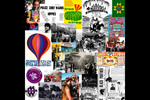|



| |
Planetedge
Diggers Transition to a Bioregional Frame of Reference
|
To view a large version of each image, click once to expand, click again to
return here.
|
This page is undergoing historical revision. After a decade online, this page is being updated with new research, sources, and insights.
We are working to ensure historical accuracy and provide a richer
understanding of the Digger movement as one segment transitioned to a
planetary perspective.
Check back soon for the revised content.
| 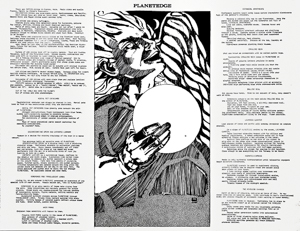 |
| 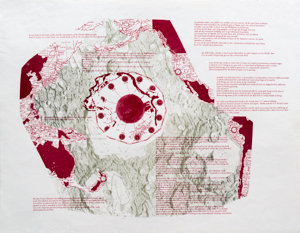 |
| 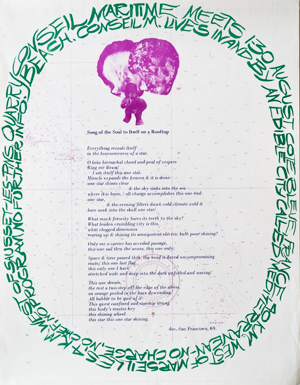 |
| 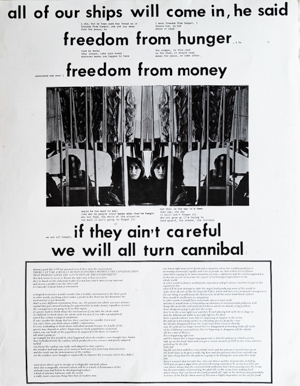 |
| 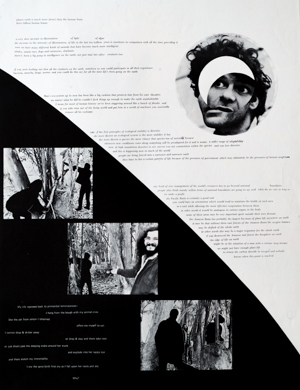 |
| 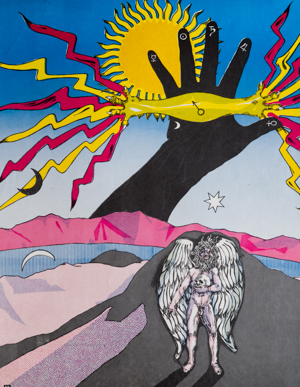 |
|
|
|
|
